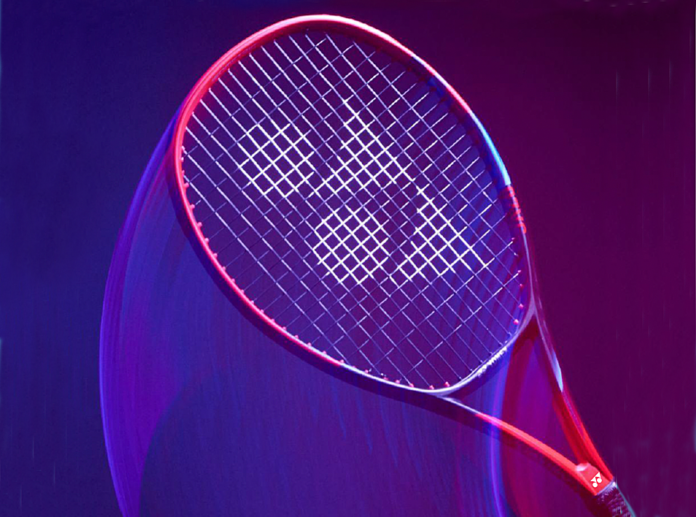Bill Simons and Vinay Venkatesh
Sure, you have meetings, deadlines, and bottom lines.
Let’s be honest, though, the most important thing on the calendar (sorry lunch with Aunt Carol) is your upcoming Saturday match…that is “just for fun.”
Knowing that “fun” has nothing to do with it and that victory is the only option, the game plan is in place…
• Put in some practice hours on my second serve – it’s shaky, at best.
• Book an emergency lesson from my pro – that’s got to help.
• Play a practice match with my friend I know is not as good – that’ll be my tune-up/confidence booster.
What else?
There has to be something else.
Well, there is. Think strings.
Your strings are the only piece of your entire gear collection that makes contact with the ball. They matter. And they’re the essential part of the game that nearly everybody knows nearly nothing about.
Strings have totally transformed the pro game. They’re so powerful that few pros dare to charge the net, fearing they’ll get passed in a flash by a powerful groundstroke. But we digress. Back to you and your Saturday match.
So here’s our guide to strings. Sure, they can be daunting – but picking the right string will give your game an edge.
What’s Your Type?
You can spend hundreds for a top-of-the-line racket or an entire paycheck for a chic outfit. But don’t scrimp on strings – they’re the heart and soul of your game. Cheap tires are not a great idea.
Pros spend weeks choosing the right strings – so they shouldn’t be an afterthought for you. They are made from a range of materials, but the three most common are nylon, polyester and cow intestines. Yes, guts.
Often there is a tradeoff between power (how quickly the ball exits the bed of strings) and control (how long the ball stays on the strings).
There are hundreds of strings now on the market in many categories, including natural gut, nylon-based synthetic gut, monofilaments, multifilaments, synthetics and hybrids. But by far the most popular strings are polyesters; known for their elasticity, durability, control, comfort, and ability to provide spin.
Choosing Your Strings
The company that makes your strings matters. Yonex is known for its superb quality. Their strings are all expertly designed and engineered in their own Japanese factory, where they are dissected down to the tenth of a millimeter to ensure perfection in each string.
Not to get too insider, but Yonex has complete control of its manufacturing process. Its renowned quality control produces unrivaled consistency and some of the highest-quality strings on the market. It’s no accident that so many pros play with Yonex strings. Your Shopping List If we go with the most popular type of string and stay in the Yonex family, here are our options…
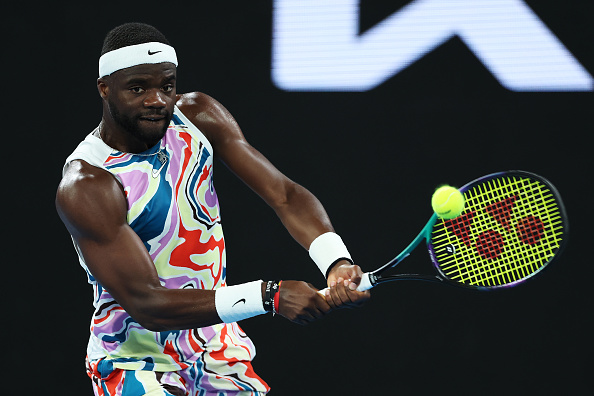
POLYTOUR PRO
A highly popular premium all-around string, POLYTOUR PRO is for players with a wide variety of swing speeds who are looking for a soft feel. Known for its comfort, it delivers an almost lush feel that is easy on the arm. POLYTOUR PRO is used by French and US Open finalist, Casper Ruud, Wimbledon finalist Nick Kyrgios and Frances Tiafoe.
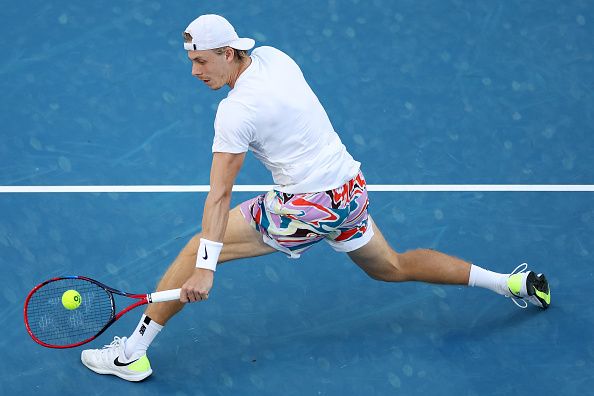
POLYTOUR STRIKE
Power, baby, power! As the name indicates, POLYTOUR STRIKE is a strong, durable string that provides overwhelming power and significant precision for players with medium-to-fast swing speeds who are looking for long-lasting tension maintenance. Naomi Osaka, Caroline Garcia and Denis Shapovalov all play with POLYTOUR STRIKE.

POLYTOUR REV
POLYTOUR REV strings are designed for baseliners with medium to fast swing speeds who are looking for a shaped string that grabs the ball for the ultimate spin experience. Its smooth, tension-free surface delivers incredible spin. Australian Open sensation Ben Shelton and Croatian Donna Vekic play with POLYTOUR REV.
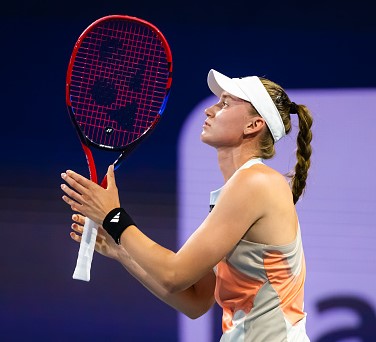
POLYTOUR FIRE
These strings are for big hitters with medium to fast swing speeds looking for added power, spin and responsiveness. They are firm, but well-dampened, and deliver increased snapback, speed, and great responsiveness. Three-time Grand Slam champion Angelique Kerber and Wimbledon and Indian Wells champion Elena Rybakina use the POLYTOUR FIRE.
So How Often Should I Restring?
Now that you’ve found your type, how do you make sure the relationship stays strong? Well, just like our weekend warrior bodies, our strings age. From day one, they start to lose tension, and when they eventually get “bagged out” they’ve lost most of their tension and playability.
A freshly strung racket absorbs more shock and provides greater comfort. When strings lose their resilience, they create a stiff or harsh feeling that’s tough on your arm.
A good standard for replacing your strings is that you should replace them each year as often as you play each week. So if you play twice a week, change your strings twice a year. If you play five times a week, replace them five times a year. Power players, those playing with polyester strings, or those who have arm or elbow issues may want to change even more often. And a well-conceived new product called LITT automatically indicates when it’s time to change strings.
Let’s Talk Tension
Typical tensions range from 40 to 65 pounds. Many stringers advise players to string their frames at as low a tension as possible while still being able to maintain control. Note that the higher the tension, the greater the impact on your arm.
A string’s thickness, or gauge, matters. Thick gauges provide more durability, and thinner gauges, while they are less durable, give you more bite on the ball and increased feel. Gauges range from the thinnest 1.05 mm to the thickest 1.41 mm.
A key buzzword among stringers is elasticity, which is a string’s ability to return to its original alignment. Strings with greater elasticity often provide a softer feel. And there you have it; a quick introductory guide to making better sting decisions.
Now, if we could only carry that decision making over to actually stretching before we play, we’ll be in great shape.
https://www.yonex.com/tennis/strings
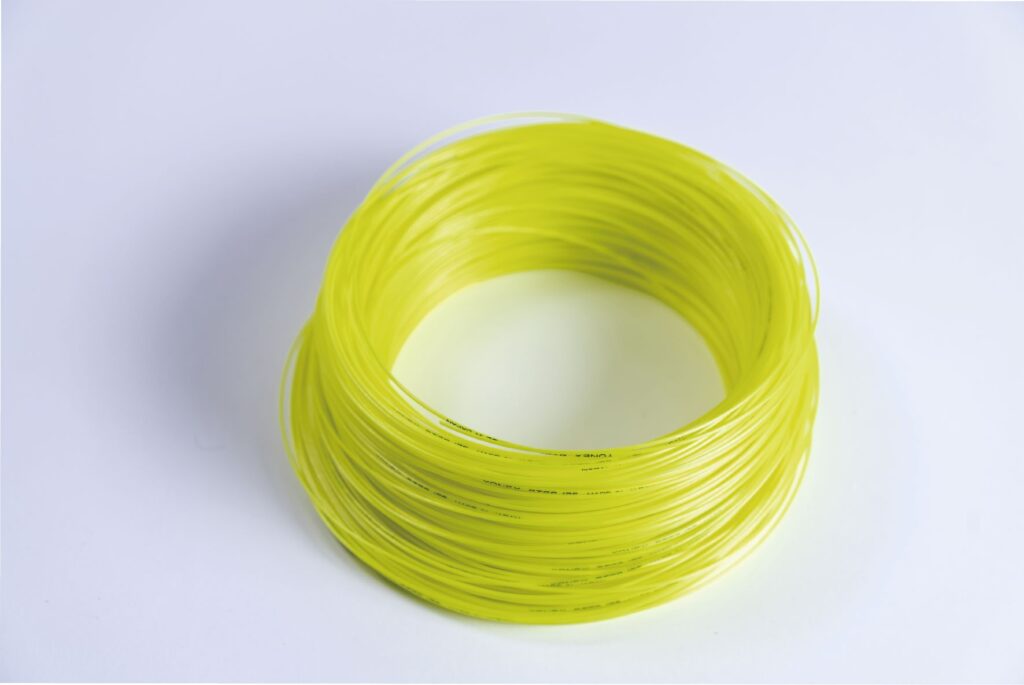
– ADVERTORIAL –
Photos of Tiafoe, Shapovolov and Rybakina by Getty Images.


